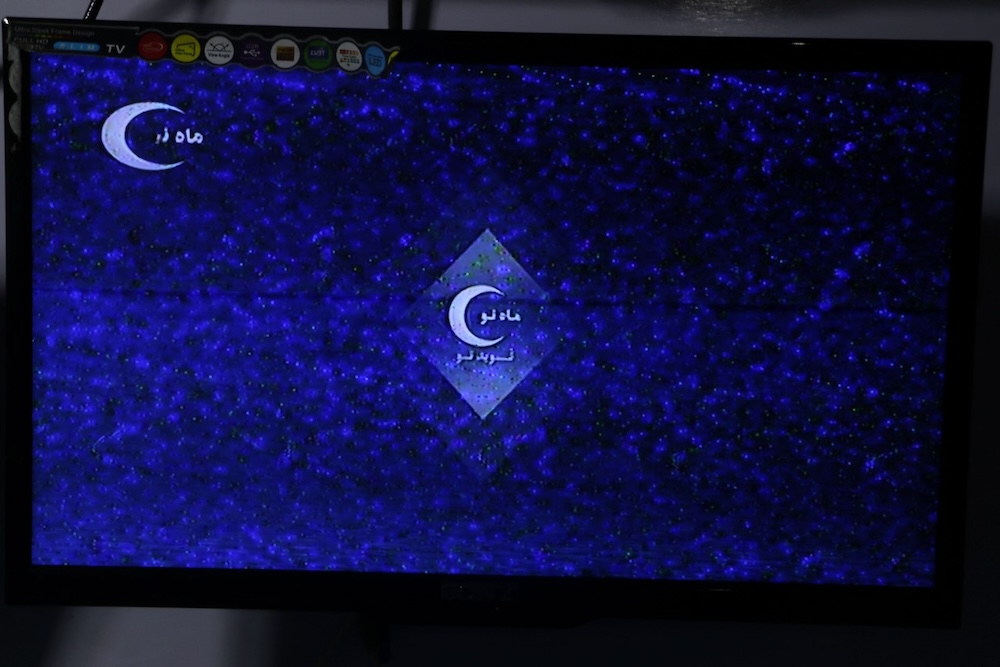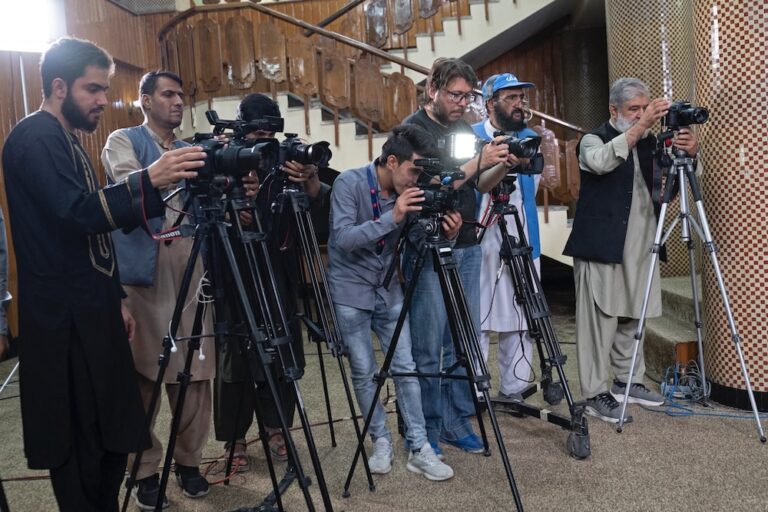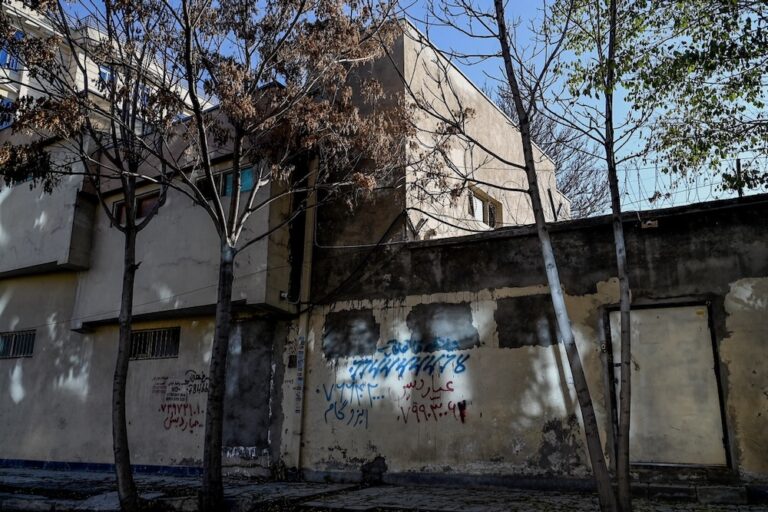Ten provinces in Afghanistan have already banned the publication of images of living beings.
This statement was originally published on afjc.media on 27 March 2025.
The Afghanistan Journalists Center strongly condemns the recent imposition of a ban on the publication of images of living beings in Badakhshan, Baghlan, and Nimrooz provinces, raising the total number of provinces under such restrictions to ten.
AFJC has obtained voice messages from the Promotion of Virtue and Prevention of Vice departments in Badakhshan and Baghlan, which were disseminated to local media today. In these messages, shared via WhatsApp groups with journalists and local de facto officials, media organizations were directed to comply with the prohibition as mandated by the law of the Promotion of Virtue and Prevention of Vice.
Local journalists from the affected provinces, who requested anonymity for security reasons, have confirmed that officials from the de facto department of Promotion of Virtue and Prevention of Vice have discussed the ban in meetings, warning of repercussions for non-compliance.
Currently, in addition to Radio and Television Afghanistan (RTA) and the provincial branches of the Bakhtar News Agency, which operate under the de facto Ministry of Information and Culture, there are ten radio stations and two private television channels in Badakhshan; one television and five private radio stations in Baghlan; and two television channels and four private radio stations in Nimrooz.
Enacted in August 2024 by de facto leader Mullah Hibatullah Akhundzada, Article 17 of the law on Promotion of Virtue and Prevention of Vice mandates that the morality police prevent the publication of materials containing images of living beings.
AFJC’s findings indicate that since the law’s enactment, the prohibition on publishing images of living beings has been communicated and enforced in at least ten of Afghanistan’s thirty-four provinces. The ban has already been officially announced in Kandahar, Takhar, Badghis, Helmand, Nangarhar, Nuristan, and Farah. While some easing of restrictions has been observed in provinces like Nangarhar and Takhar, the recent developments in Badakhshan, Baghlan, and Nimrooz, coupled with increasing pressures on local media, raise serious concerns about further encroachments on media freedoms.
AFJC expresses deep concern regarding the ban, highlighting its detrimental impact on media operations and the exclusion of television stations from the information dissemination process. This ban exacerbates the challenges faced by radio stations and other media outlets actively engaged in social media.
AFJC urges the de facto authorities of the Ministry of Promotion of Virtue and Prevention of Vice to reconsider and revoke this ban, along with other restrictive media directives imposed over the past three years. It is crucial for media outlets to operate freely in accordance with Afghanistan’s media law, allowing journalists to perform their duties without fear of retribution.



